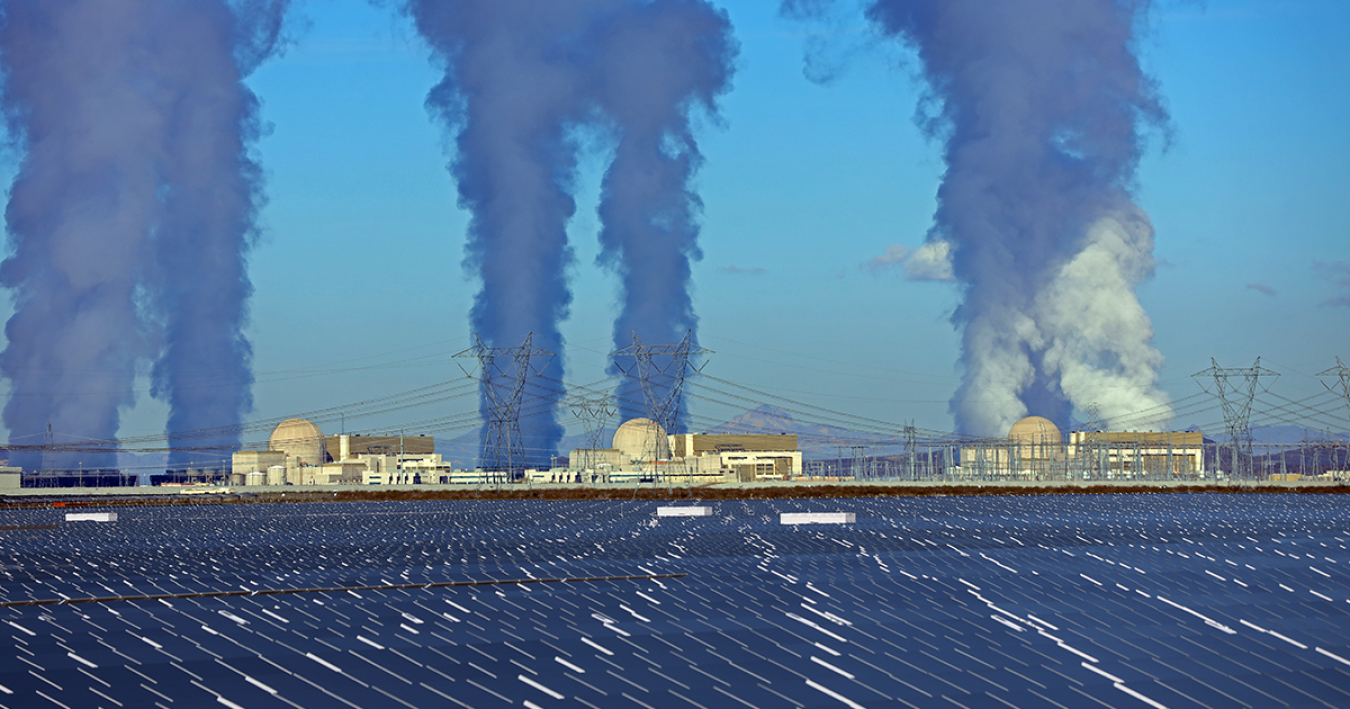Investments and tax incentives included in IRA guarantee a commitment to nuclear energy.
September 8, 2022
President Joe Biden recently signed the Inflation Reduction Act (IRA) into law marking a historic victory for American families across the country.
The new law promises to lower energy bills for U.S. consumers, provide more access to affordable healthcare, and create thousands of good-paying U.S. jobs in the clean energy sector.
With approximately $369 billion in climate provisions, IRA is the most significant piece of climate legislation in U.S. history. Multiple incentives pave the way for our nuclear energy sector to help ensure energy security and cut U.S. emissions by 40% before the end of the decade.
There is a lot to be excited about in this landmark legislation and the Office of Nuclear Energy can’t wait to support IRA’s implementation.
Momentum is building for U.S. nuclear energy and the investments and tax incentives included in IRA guarantee a commitment to nuclear energy that will continue well throughout the nation’s journey to net-zero.
Production Tax Credits for Existing Reactors
One real IRA game changer for nuclear energy is a production tax credit to help preserve the existing fleet of nuclear plants.
This is a huge priority for our office.
The zero-emission nuclear power production credit provides up to $15 per megawatt-hour for the electricity produced by the plants assuming that labor and wage requirements are met.
This is available for facilities in service in 2024 and would last through 2032, keeping existing reactors competitive with other power generators.
The production tax credit along with the Civil Nuclear Credit (CNC) program, established by the Bipartisan Infrastructure Law (BIL), will support our existing fleet and make sure America maintains its largest source of clean power as well as the high-paying jobs that accompany it!
Incentivizing Advanced Nuclear Deployment
IRA also includes several tax incentives for clean energy technologies, including advanced reactors.
Taxpayers will be able to choose from a technology-neutral production tax credit of $25 per megawatt-hour for the first ten years of plant operation or a 30% investment tax credit on new zero-carbon power plants placed into operation in 2025 or after.
Only one of these credits can be applied to a single facility but both do include a 10% bonus if the power plant is built at a brown field site or a fossil energy community—ensuring social and energy justice for all Americans.
Above and beyond these credits, new and existing reactors can also leverage new production tax credits for up to ten years to generate clean hydrogen, which could expand market opportunities for current and future reactor technologies.
High-Assay Low-Enriched Uranium
Finally, IRA invests $700 million to support the development of a domestic supply chain for high-assay low-enriched uranium, commonly referred to as HALEU.
This higher enriched fuel is urgently needed to support the deployment of advanced reactors, including DOE’s two demonstration projects with TerraPower and X-energy.
Establishing a U.S. HALEU supply can also play a role in eliminating our current dependence on Russia for 20% of the enrichment and conversion services needed for our nuclear fuel supply.
This money must be applied by 2026 and we plan to use these funds quickly and efficiently to address the industry’s most pressing needs.
IRA also allocates $150 million to our office to improve the overall R&D infrastructure at our national labs that could also support these and other nuclear energy research capabilities!
Maintaining Momentum
With the recent passage of the BIL, IRA, and CHIPS and Science Act, the U.S. is putting its money where its mouth is to deliver a brighter, cleaner, and more prosperous economic future for our country.
Recent DOE analysis estimates that the clean energy provisions from IRA and BIL alone could reduce carbon emissions by 1 million metric tons as we drive technology innovation to enable longer-term emissions reductions across our industrial, transportation and power sectors.
This is a truly a transformative time for our country and I can’t wait to see the impact nuclear energy will make toward our clean energy future as a result of this IRA legislation.


